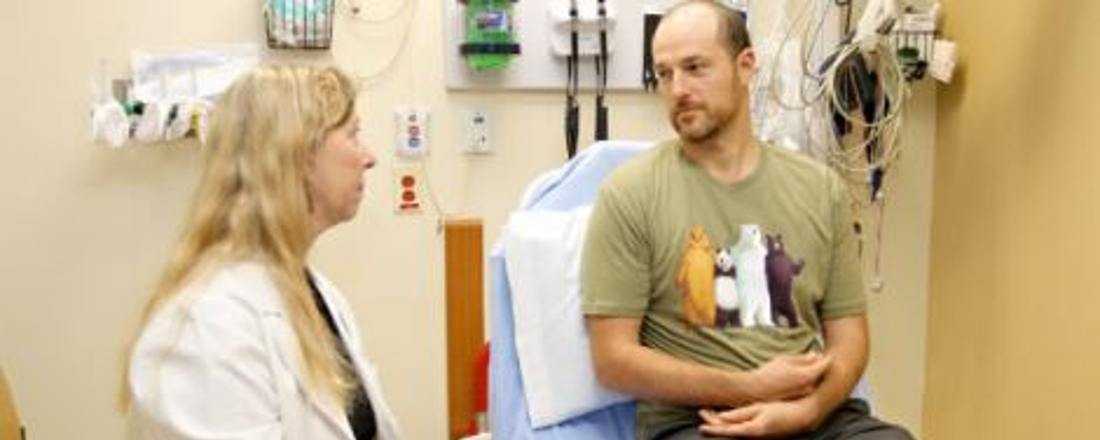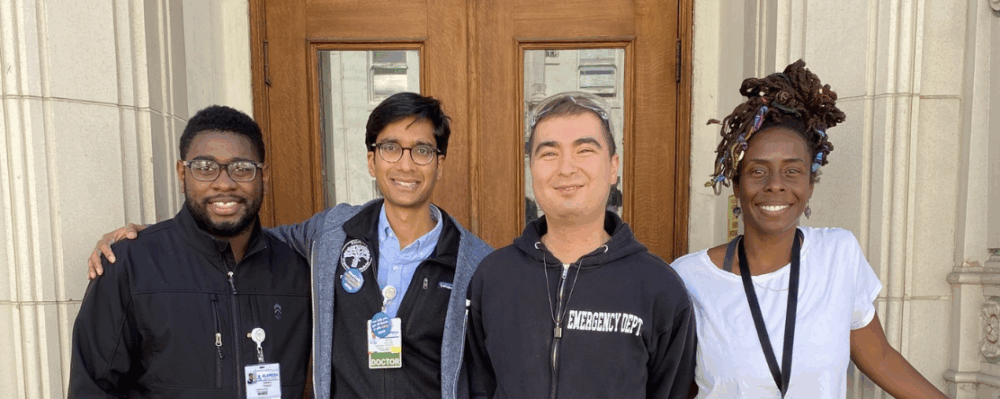
In the News
California Caregivers Trailblaze Solutions for Those Dealing with Addiction
- KQED

Last year more than 93,000 people died of drug overdoses nationwide, more than 10,000 of them in California. The public health crisis, which has spiked during COVID, is taking a horrific toll on communities and cities across the state.
For decades the state’s approach has been to punish people who do drugs. But it hasn’t worked.
“It’s more than a failure, it has been incredibly harmful,” said Dr. Monish Ullal, internal medicine physician and associate medical director of the Bridge clinic at Highland Hospital. “I think the war on drugs is one of the most disappointing things that our country has done in the last 30 years.”
Now policymakers are switching gears by recognizing addiction as a disease needing medical attention. California is investing large amounts of money in new models of treatment for those dealing with substance addiction. Two new programs are showing promise, and becoming models for the rest of the country.
Emergency rooms anchor recovery efforts
One initiative is called CA Bridge, and its goal is to initiate treatment for patients with a substance use disorder in the emergency department. It may be hard to believe, but treating substance addiction within a hospital is fairly recent strategy.
The program has a two-pronged approach. First, emergency medical physicians are trained to dispense medication to treat opioid use. Once a patient is stable, they are assigned a counselor or “substance use navigator” to ensure a strong hand-off to long-term treatment once they leave the ER.
The pilot program, which started at eight California hospitals, worked so well that the state invested another $20 million last fall to expand the California Bridge model. Now 144, or about 40% of hospitals across the state, have staffed a substance use navigator. The goal is to enroll all remaining hospitals by 2025.
Providers wanting to learn how to make CA Bridge part of your work can learn more here.
Click below to hear the story from KQED.
Originally published by KQED
More Updates
Work With Us
You change the world. We do the rest. Explore fiscal sponsorship at PHI.
Support Us
Together, we can accelerate our response to public health’s most critical issues.
Find Employment
Begin your career at the Public Health Institute.



